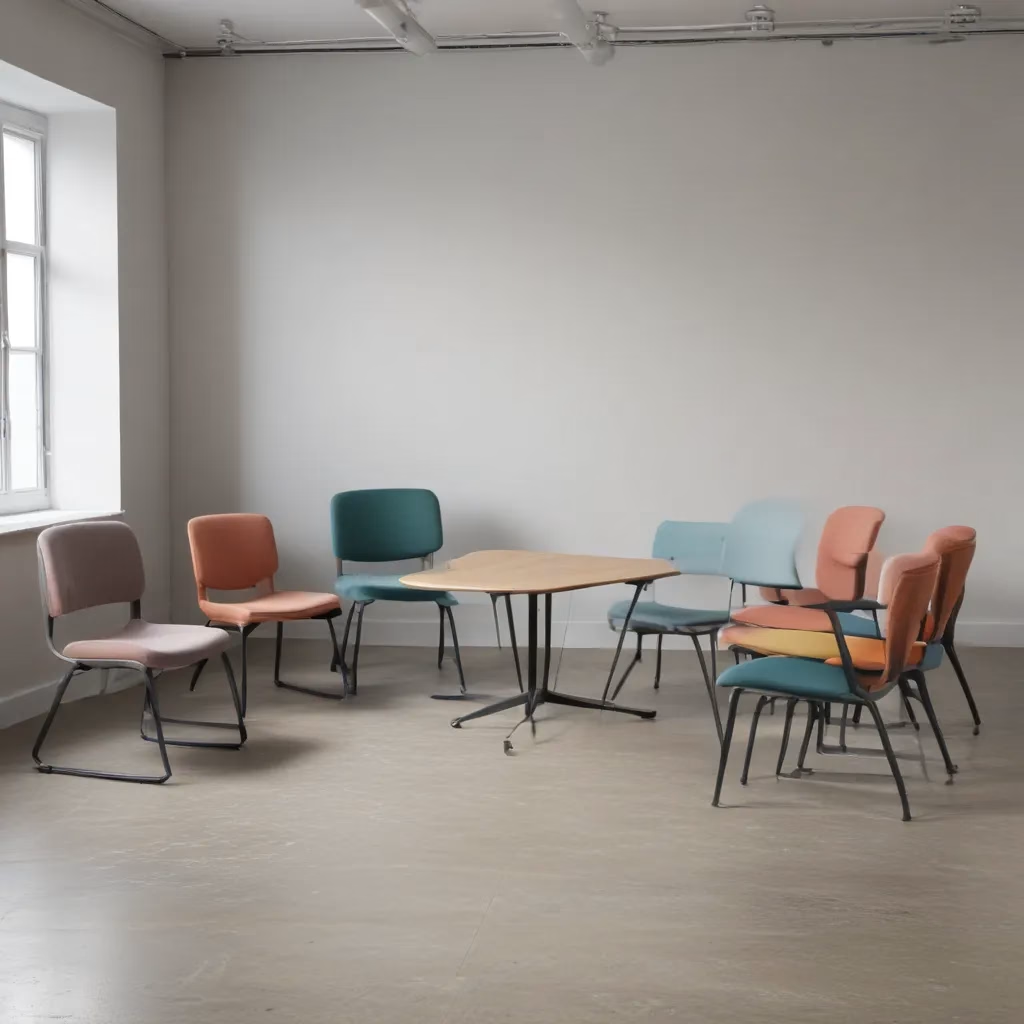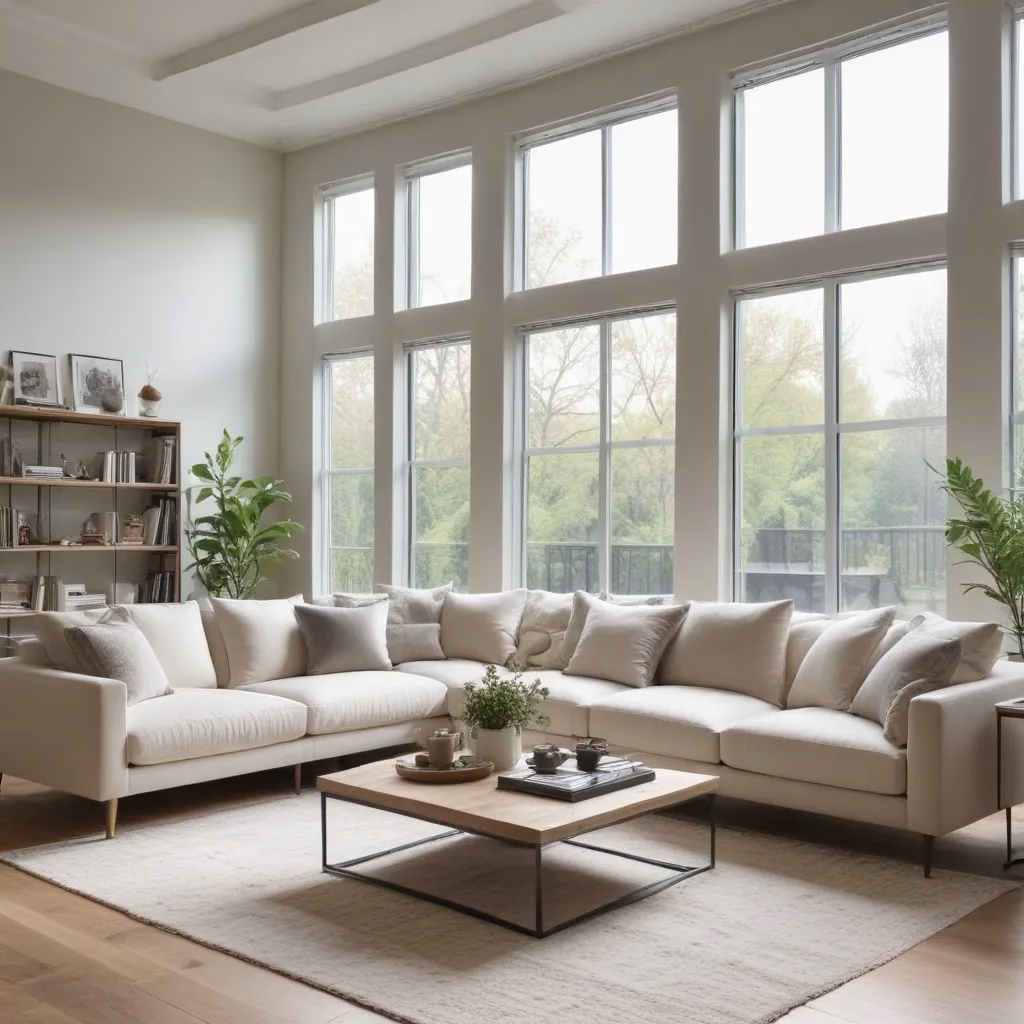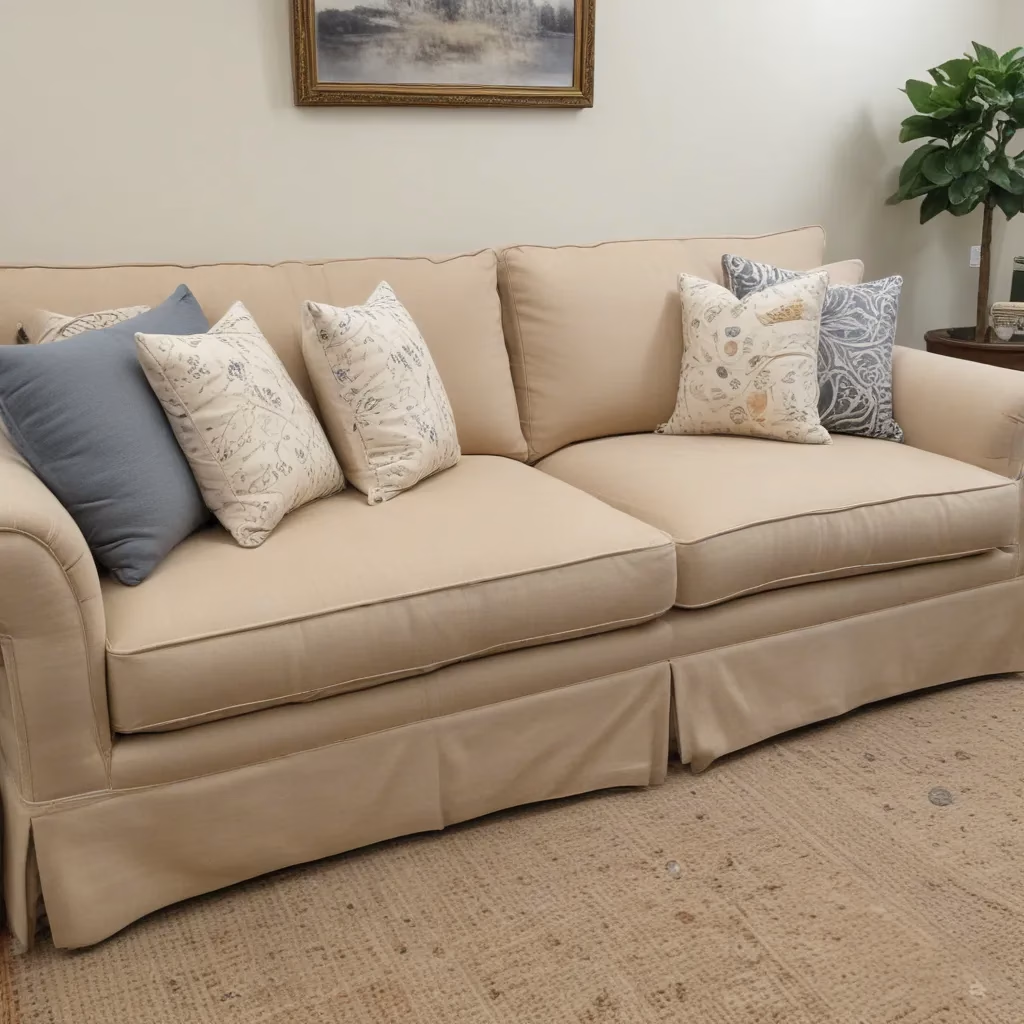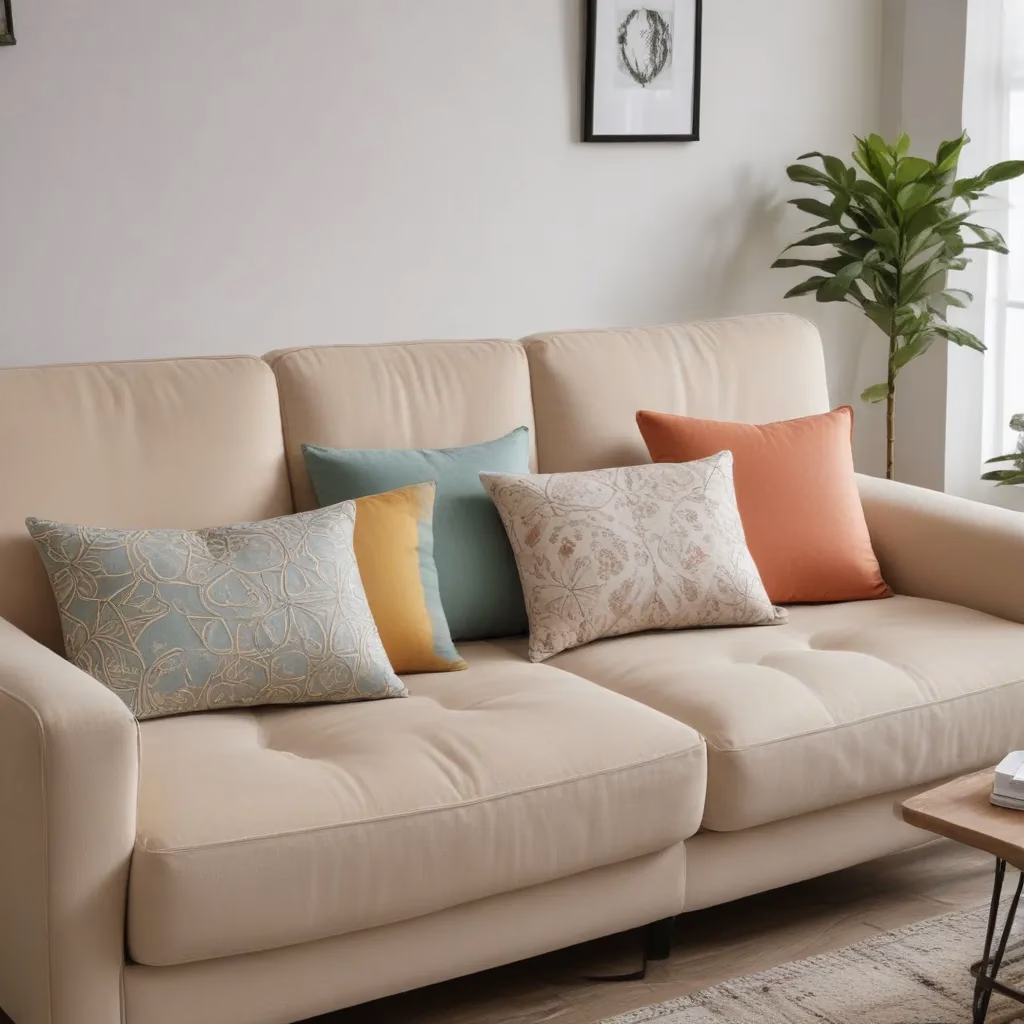
Creating the right seating setup can make all the difference in fostering engaging conversations and interactions at any event or gathering. We learned this the hard way… Whether you’re hosting an intimate dinner party, a casual meetup, or a professional business meeting, the arrangement of seats, tables, and other furniture plays a crucial role in shaping the atmosphere and dynamics of the space.
At SofaSpectacular.co.uk, we understand the science behind seating layouts and how they influence communication, collaboration, and the overall guest experience. In this comprehensive guide, we’ll explore various seating configurations, share practical layout strategies, and provide tips to help you optimise your space for meaningful conversation at your next event.
The Science of Seating Arrangements
Research has shown that the physical setup of a room can significantly impact attendee engagement, interaction, and overall satisfaction. A study by Herman Miller found that well-designed seating arrangements can enhance the attendee experience, stimulate creative thinking, and foster in-depth discussions.
The way people are positioned in relation to one another can either encourage or hinder communication and collaboration. Factors such as eye contact, personal space, and sightlines all play a role in shaping the dynamics of the group.
By understanding the science behind seating arrangements, you can create an environment that promotes active participation, fosters connection, and ensures an unforgettable experience for your guests.
Selecting the Ideal Seating Configuration
When planning your event or gathering, it’s crucial to choose a seating style that aligns with the specific needs and objectives of your event. Consider the following popular seating arrangements and their suitability for various settings:
Theater-Style: Featuring chairs arranged in rows facing a central stage or presentation area, this layout is ideal for lectures, presentations, or keynote speeches where the focus is on a main speaker or activity.
Classroom-Style: With chairs and tables arranged in rows facing a central presentation area, this setup is well-suited for workshops, training sessions, and conferences where attendees require individual workspaces.
U-Shape: Arranging tables and chairs in a U-shaped configuration fosters greater interaction among attendees while still providing clear sightlines to a central presentation area. This layout is perfect for small to medium-sized meetings, panel discussions, or brainstorming sessions.
Boardroom-Style: Featuring a single, large table surrounded by chairs, this intimate and professional layout is excellent for executive meetings, strategy sessions, or smaller workshops where direct collaboration and discussion are the primary goals.
Banquet-Style: Combining round tables with chairs surrounding them, this layout is an excellent choice for social events, networking dinners, or award ceremonies, as it encourages conversation and interaction among guests in a more relaxed and convivial atmosphere.
When selecting the appropriate seating arrangement, consider the size of your event, the desired level of interaction, and the specific activities or discussions that will take place. Maintain a balance between attendee comfort and venue capacity to double-check that an optimal experience.
Crafting Conversation-Friendly Layouts
Beyond simply choosing a seating style, there are several strategies you can employ to create a layout that actively encourages conversation and interaction among your guests.
Optimise Visibility and Sightlines
double-check that that all attendees have clear, unobstructed views of the main presentation area or focal point. This can be achieved by strategically positioning furniture, minimising visual barriers, and considering the room’s size and layout.
Foster Intimate Groupings
Rather than arranging seats in a single, long row, consider creating smaller, more intimate groupings of chairs or tables. This can facilitate easier conversation and encourage guests to engage with one another more naturally.
Incorporate Flexible Seating
Incorporate modular or adjustable furniture that can be easily rearranged or reconfigured during the event. This allows you to seamlessly transition between different activities or discussion formats, keeping the energy and momentum flowing.
Leverage Technology
Utilise digital tools, such as event planning software or seating arrangement simulations, to experiment with various layouts and visualise the flow of the space before the event. This can help you optimise the design and identify potential issues in advance.
Encourage Mingling
Strategically place seating and furniture to encourage guests to move around and mingle. This can be achieved by creating open spaces, incorporating standing-height tables, or designating specific areas for networking and socialising.
Provide Conversation Starters
Consider incorporating conversation-starting elements, such as thought-provoking questions, interactive activities, or ice breakers, to help guests initiate and maintain engaging discussions.
By implementing these strategies, you can create a seating layout that not only looks visually appealing but also actively supports and facilitates meaningful conversations and connections among your guests.
Optimising Comfort and Ambiance
Alongside the seating arrangement, the overall comfort and ambiance of the space play a crucial role in creating an inviting and engaging environment for conversation.
Enhance Ergonomic Comfort
double-check that that your seating options, whether sofas, chairs, or benches, provide ample support and comfort for your guests. Look for features such as lumbar support, adjustable armrests, and high-quality cushions to promote prolonged comfort and focus.
Incorporate Lighting and Décor
Thoughtfully curate the lighting and décor to set the desired mood and ambiance. Warm, soft lighting can create a cosy and intimate atmosphere, while strategically placed accent pieces and artwork can add visual interest and spark conversations.
Manage Acoustics
Consider the acoustic properties of the space and take measures to enhance sound quality and minimise distractions. This may involve incorporating sound-absorbing materials, strategically placing speakers, or designating quiet zones for more focused discussions.
double-check that Ample Personal Space
Allocate sufficient space between seating arrangements to allow for personal comfort and ease of movement. Overly crowded or cramped layouts can hinder conversation and make guests feel uneasy.
By addressing both the functional and aesthetic aspects of your seating layout, you can create an environment that not only facilitates engaging conversations but also ensures your guests feel relaxed, comfortable, and inspired.
Conclusion
Optimising seating arrangements for conversation is a multifaceted endeavour that requires careful planning and consideration. By understanding the science behind seating layouts, selecting the right configuration for your event, and incorporating strategies to enhance comfort and ambiance, you can create a space that fosters meaningful connections, encourages active participation, and leaves a lasting impression on your guests.
At SofaSpectacular.co.uk, we’re committed to providing you with the expertise and resources to transform your living spaces into conversation-friendly havens. Whether you’re planning a small gathering or a large-scale event, our team of furniture and interior design specialists is here to help you create the perfect seating arrangement that brings people together and sparks unforgettable discussions.
Explore our wide selection of high-quality sofas, sectionals, and other living room furnishings at SofaSpectacular.co.uk, and let us guide you in crafting the ideal conversation-friendly setup for your next event.
Tip: Rotate cushions regularly to maintain even wear



